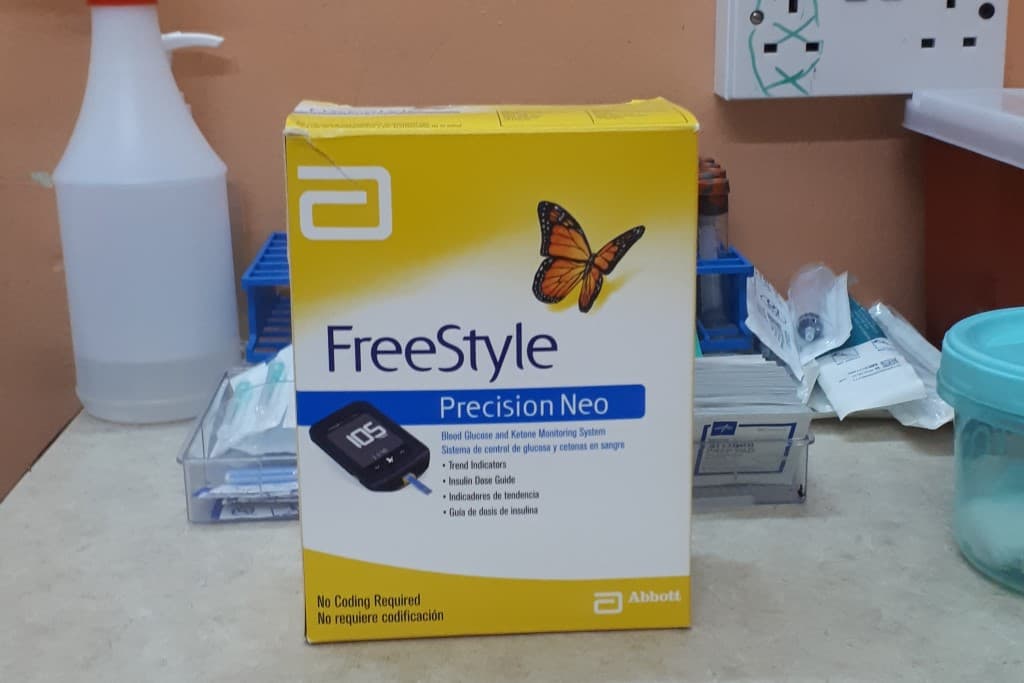
There are so many different glucose monitors out there that choosing one can be a headache. If you are just looking for one to check your blood sugar, there are plenty of options. If you are diabetic there are also several options.
Choosing one that meets your specific needs and lifestyle is essential, especially, if it is to manage diabetes. Choosing the best one for you will definitely come in handy. Let me give you a guide that can help you with choosing one that meets your needs.
1. Understand Your Monitoring Needs
One of the things to consider when choosing a glucose meter is to understand what your needs are. Do you want one so that you can check your blood sugar occasionally, because you are a health conscious person? Do you need one because you are diabetic and need to regularly test your blood glucose level? Answering these questions and others can help you decide on the best one for you. Consider the following:
Frequency of Testing
Consider how often you need to check your blood glucose levels. If you require frequent testing, a continuous glucose monitor (CGM) like the Dexcom G6 or Freestyle Libre 2 may be more suitable. Not everywhere has those, so it may not be available in some places. However, you can use the traditional blood glucose meter.
In fact, in many places around the world, traditional glucose meters are used. Also, if you require less frequent testing, a traditional glucose monitor is good for you. The continuous glucose monitor doesn’t require a finger prick but it tests your glucose level multiple times during the day.
Type of Diabetes
Your type of diabetes can influence the type of monitor you need. People with Type 1 diabetes often benefit from continuous glucose monitoring, while those with Type 2 diabetes might find traditional glucose meters adequate. However, people with Type 2 diabetes can also benefit from continuous glucose monitoring.
2. Evaluate Accuracy and Reliability
Accuracy is crucial for effective diabetes management. Look for glucose monitors that have high accuracy ratings and are known for their reliability. Reading user reviews and consulting with your healthcare provider can help you determine the best options.
3. Consider Ease of Use
There are those monitors that are a bit complicated and can confuse you. However, don’t just choose one that is only easy to use. Consider its other features and capabilities.
If you are having difficulty using your glucose monitor, get someone who can understand it and let them show you how to use it. You may find that having someone explain to you how to operate it takes away the confusion.
Display and Interface
Choose a glucose monitor with a clear, easy-to-read display and a user-friendly interface. Complicated devices can be frustrating and may discourage regular testing.
Sample Size
Some monitors require a smaller blood sample, which can be less painful and more convenient. Consider monitors with second-chance sampling, allowing you to reapply blood to the same test strip if the initial sample is insufficient.
That is a cool feature to have. Instead of pricking your finger a second time and using another test strip, you can just reapply more blood to the same test strip. Overtime, it saves you more lancets and test strips.
4. Check for Connectivity and Data Management
Bluetooth and App Integration
Many modern glucose monitors offer Bluetooth connectivity and integrate with smartphone apps. This feature allows you to track your glucose levels over time, set reminders, and share data with your healthcare provider. Devices like the Contour Next One offer excellent app integration for easy data management. There are others that offer Bluetooth and app integration.
Data Storage
Consider how much data the monitor can store. Some monitors keep track of hundreds of readings, making it easier to review your glucose trends and patterns. This will come in very handy for you.
5. Assess Additional Features
Alarms and Alerts
Monitors with customizable alarms for high and low glucose levels can be lifesaving. These alerts help you take timely action to maintain your glucose within target ranges.
Continuous Monitoring
Continuous glucose monitors (CGMs) provide real-time data throughout the day and night, offering a comprehensive view of your glucose levels. This feature is particularly beneficial for those who need to monitor their levels closely.
6. Evaluate Cost and Insurance Coverage
Upfront and Ongoing Costs
Consider both the upfront cost of the monitor and the ongoing costs of test strips, sensors, and lancets. Some devices may have higher initial costs but lower ongoing expenses, while others might be the opposite.
Insurance Coverage
Check with your insurance provider to see which glucose monitors and supplies are covered. Coverage can significantly reduce your out-of-pocket expenses allowing you to save some money.
7. Portability and Convenience
Size and Weight
If you need to carry your glucose monitor with you, consider the size and weight of the device. Portable monitors are easier to manage on the go.
Carrying Cases
Look for monitors that come with a carrying case to keep your device and supplies organized and protected.
8. Seek Recommendations and Reviews
Consult with your healthcare provider for recommendations based on your specific needs. Also, reading user reviews and testimonials can provide valuable insights into the performance and reliability of different monitors. Doing so will provide clarity and make choosing a monitor easier.
Conclusion
Choosing the right glucose monitor starts with understanding what your needs are. Look at reviews and testimonials when making your decision. Also, get advice from your healthcare provider on which one is best for you. It may be you just need a traditional one or it may be you need one that is continuous (CGM). Whichever is the right one for you, don’t make the choice alone. Get help from others.
